Polish IFF Systems in Use. Key Element of the Air Defence System
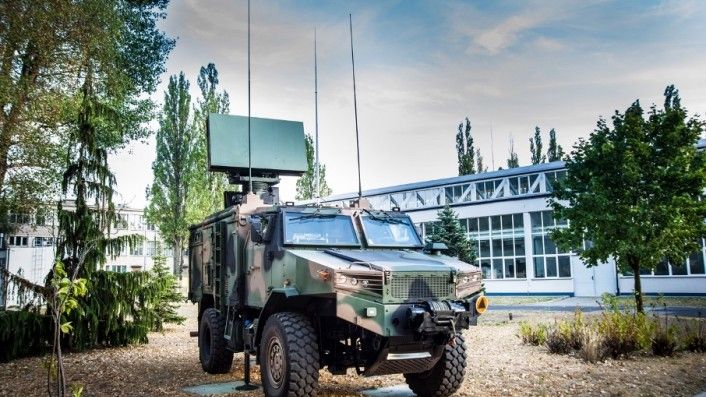
IFF systems, offering a capability to work in mode 5 altogether constitute a key element of the inventory operated by the Armed Forces. The IFF system allows for safe identification of own and enemy assets and it also facilitates cooperation with the allies. Like any electronics, it may be exposed to remote modification of its functioning with the use of methods known to the manufacturer. This is why it may turn quite relevant to utilize domestically-developed solutions within that domain. The Polish industry has already been delivering IFF systems for new and upgraded radars and new air defence systems. However, despite the domestic manufacturing capacity, no decision has been made to modify some of the existing radars and the majority of the legacy systems. Retrofitting those with IFF is indispensable. Thanks to the above, they would be capable of identifying own and allied air assets, thus distinguishing them from potential adversaries.
The introduction of the IFF mode 5 (a new encoding standard) throughout NATO is to be completed on 1st July 2020. This is the date when the distribution of keys for mode 4 is going to be suspended by the United States of America. The awareness of the changes coming and the need to maintain national sovereignty had let to a decision to develop relevant interrogators (IFF components installed on radars and air defence systems) and transponders (installed on aircraft) domestically.
Ever since air combat and fight against other airborne threats have become an activity that is commonly happening in the Beyond Visual Range domain, involving radars, a system became indispensable, allowing the aircrews to differentiate between own, enemy, or civil aviation assets. It comes in the form of the so-called IFF (Identification Friend or Foe) system.
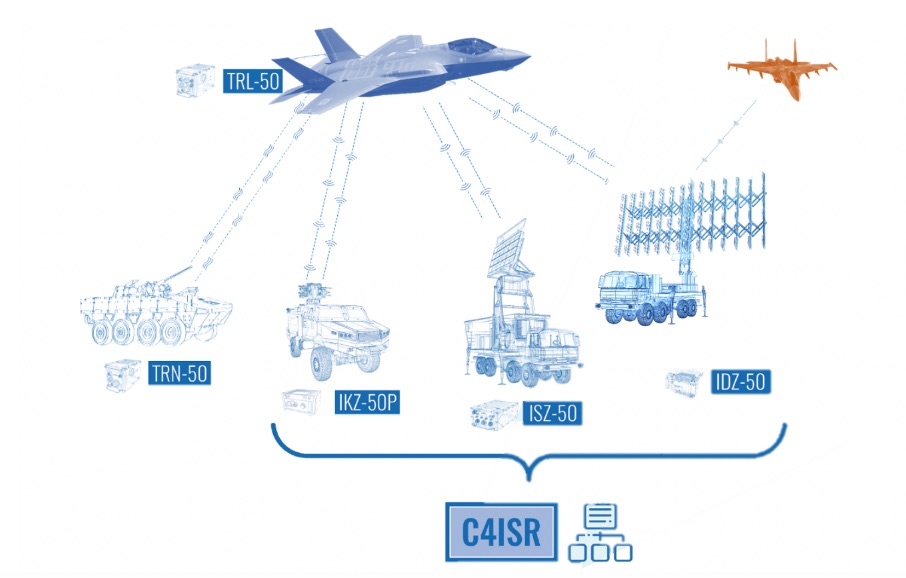
The IFF system uses a “call-and-response” principle. Interrogators, installed on radars or missile launchers, constitute the primary component of the IFF solution – these send an encoded signal that is received by an IFF transponder on board an aircraft, confirming that the given air platform belongs to the allies. To make it impossible for the enemy to deceive the air defences, the IFF signals are encrypted in a uniformed manner among the allied assets. Thanks to the above, protection is provided both to the national, as well as allied aircraft.
Up until recently, the so-called ‘Mode 4’ has been the primary and common standard within NATO (IFF Mark XII). This mode is currently being replaced by Mode 5 (IFF Mark XIIA). The change has been initiated a few years ago, with 1st July 2020 being set as a transition deadline. This is when the US is to finalize the distribution of keys for mode 5. Currently, only the F-16C/D Jastrząb, and some of the MiG-29 aircraft, are the sole Polish Air Force assets that have the Mode 5-compliant transponders. The situation is less optimistic in the case of helicopters, as the majority of the Polish rotary-wing assets do not have transponders that offer the relevant mode compliance.
Mode 5 response signals can be sent or received only by a minor portion of the air defence systems. This makes it impossible to utilize the air and air defence assets in line with the standard procedures, within a common area, at the same time. This is quite surprising, as the PGZ Group’s PIT-RADWAR company is very much capable of delivering and integrating a proper set of interrogators. The Polish military has acquired interrogators for the latest and some of the upgraded radars. Relevant hardware of this kind has also been ordered for the new Poprad and Pilica VSHORAD systems. However, the existing KUB, OSA, or NEWA SAM solutions, expected to be used for quite some time are not tailored for mode 5 operation, even though the industry could modify these systems to reach a proper level of compliance.
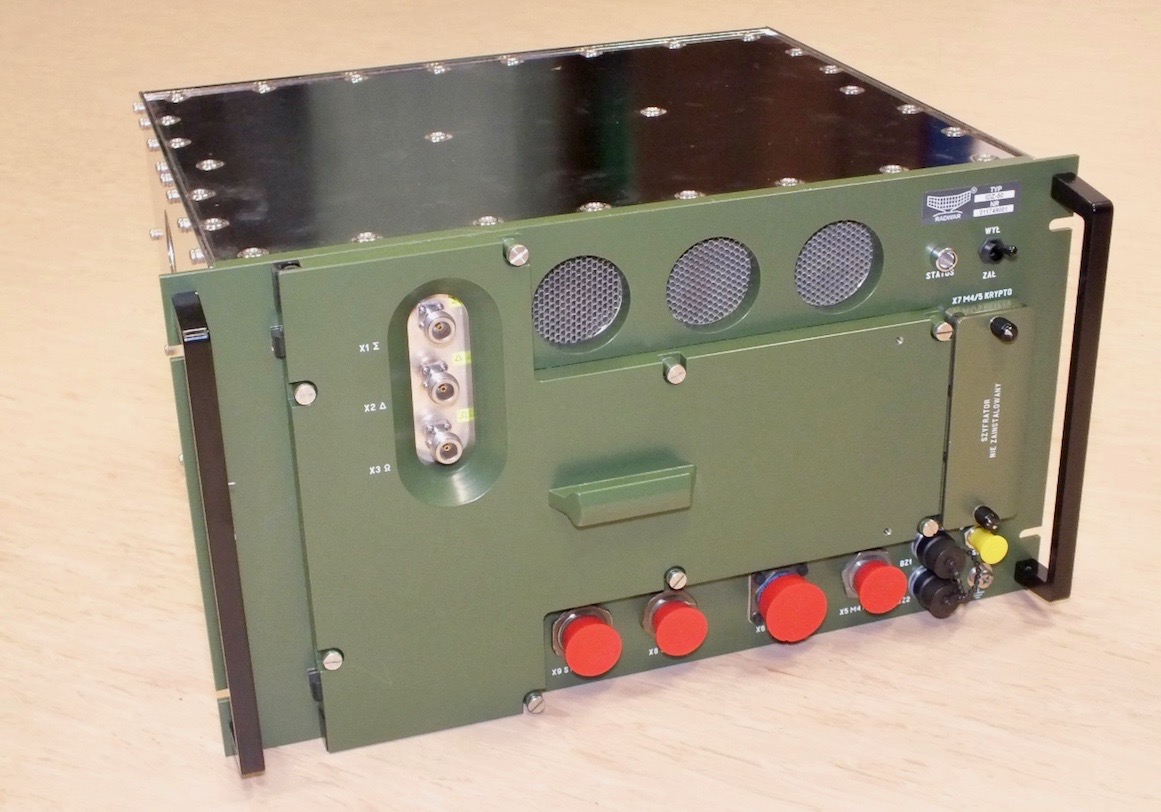
Interrogator - Indispensable Hardware
PIT-RADWAR has developed a whole family of Mark XIIA interrogators that are offering full functionality: military modes 1 and 2, civil-military mode 3/A, the obsolete “military” mode 4 and the primary mode - mode 5. These systems can work both with the older mode 4 encryptors, as well as with the mode 5 ones. The solutions have been tested and proven, however, they are only delivered with new systems or upgrades of the legacy hardware. Interrogators with mode 5 have also been integrated into prototype systems, such as the P-18PL radar. The company, all in all, has developed the following solutions:
- IDZ-50 - long-range interrogator, designed to work with airspace monitoring systems and LRAD solutions. High power output and high efficiency make this device an optimal solution for primary long-range radars.
IDZ-50 has been designed to work with radars used in operational settings, such as the NUR-12ME and NUR-12M solutions (ten systems in total). Up until now, the IDZ-50 interrogator prototype had been installed on one of the NUR-12ME radars (for the qualification tests purpose). Then it was dismantled, following the finalization of the test programme. PIT-RADWAR also installed an interrogator as such on the P-18PL radar prototype. The radar is subjected to preliminary tests. Then, the prototype would undergo the qualification tests programme. IDZ-50 is expected to be and has been designed to be used on the Warta long-range radar prototype, with production examples of P-18PL and Warta systems to follow.
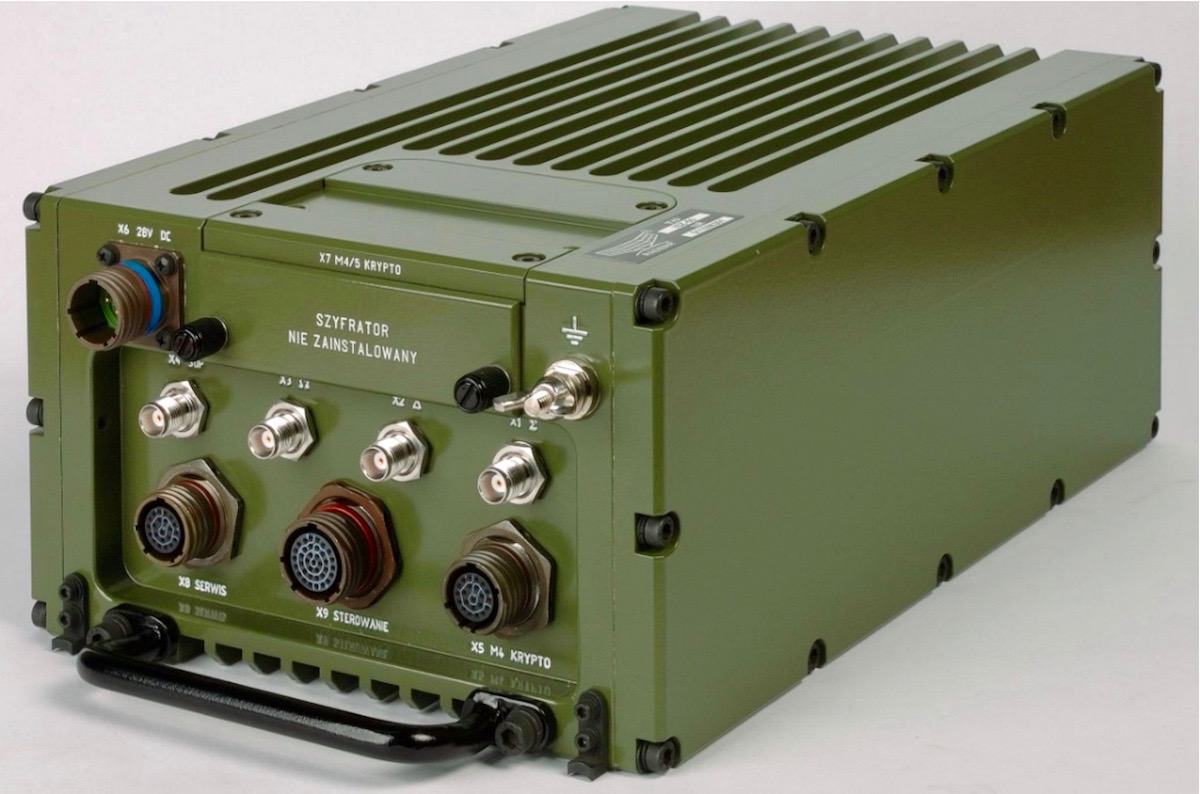
- ISZ-50 - universal medium-range interrogator. Compact design and low power requirements make it possible to integrate the aforesaid system on MRAD assets (such as Wisła), highly mobile SHORAD assets (such as the KUB, OSA, and NEWA systems operated now) and on the prospective replacement of the SHORAD system - the Narew solution.
At the moment, the military has 19 ISZ-50 interrogators in its inventory. These have been fitted onto the new Soła radars and on the NUR-15C radars utilized by the MJR Navy’s missile unit as well. In the case of the Naval Missile Unit, the NUR-15C is used to guide the NSM missiles. The ISZ-50 solution has also been fitted onto the NUR-15M Odra radars. Another seventeen ISZ-50 systems would be integrated on the NUR-15M radars (agreements signed last year) and modernized NUR-21M systems.
ISZ-50 interrogator prototype has completed the qualification tests programme involving 100 sorties, including F-16 missions. The F-16 jets of the Polish Air Force are fitted with mode 5 transponders. Other radars are expected to be fitted with systems as such as well.
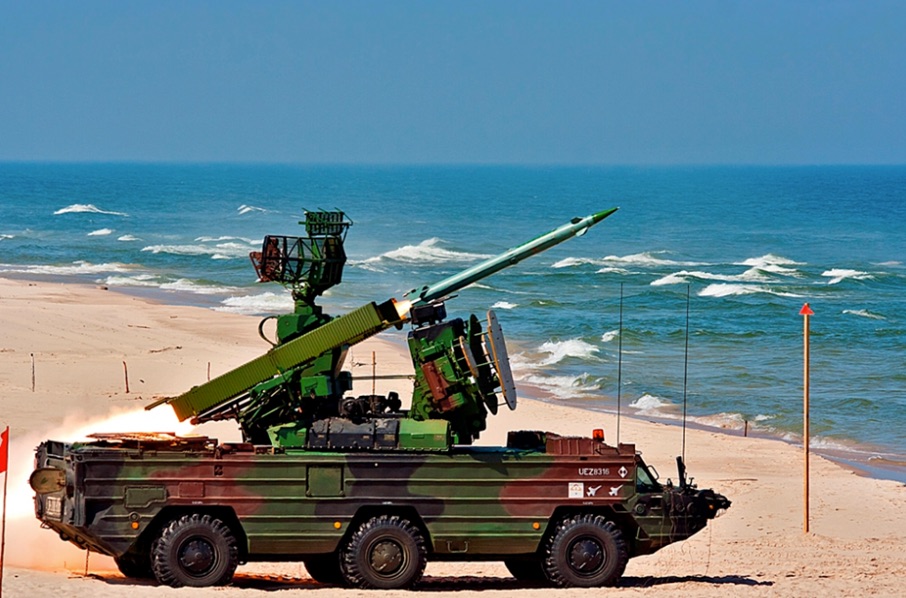
Mode 5 interrogator is required in case of all air defence assets. So far, integration has only been prepared for the Osa system - the research phase is yet to be finalized. More than 60 examples are required, solely for the Osa systems. In the case of the Newa-SC and Kub systems, 30 examples would be required, one example per one fire control radar. If those air defence systems are not fitted with devices as such, they would not be able to identify the targets detected by the radars. No information is available when it comes to the integration of that system on the Naval vessels. These, using radars, would not be able to identify assets equipped with mode 5 transponders.
- IKZ-50P short-range platform interrogator of the Mark XIIA IFF system, designed for SHORAD and VSHORAD applications. This is a compact and energy-saving solution that can work with fixed and revolving antennas, providing the user with an ability to precisely identify the units interrogated. It also offers high efficiency of data processing and is resistant to jamming. Work is also going on, aimed at the development of a miniaturized IKZ-50A battery-powered version designed for use on the MANPADS systems for instance (such as Grom and Piorun).
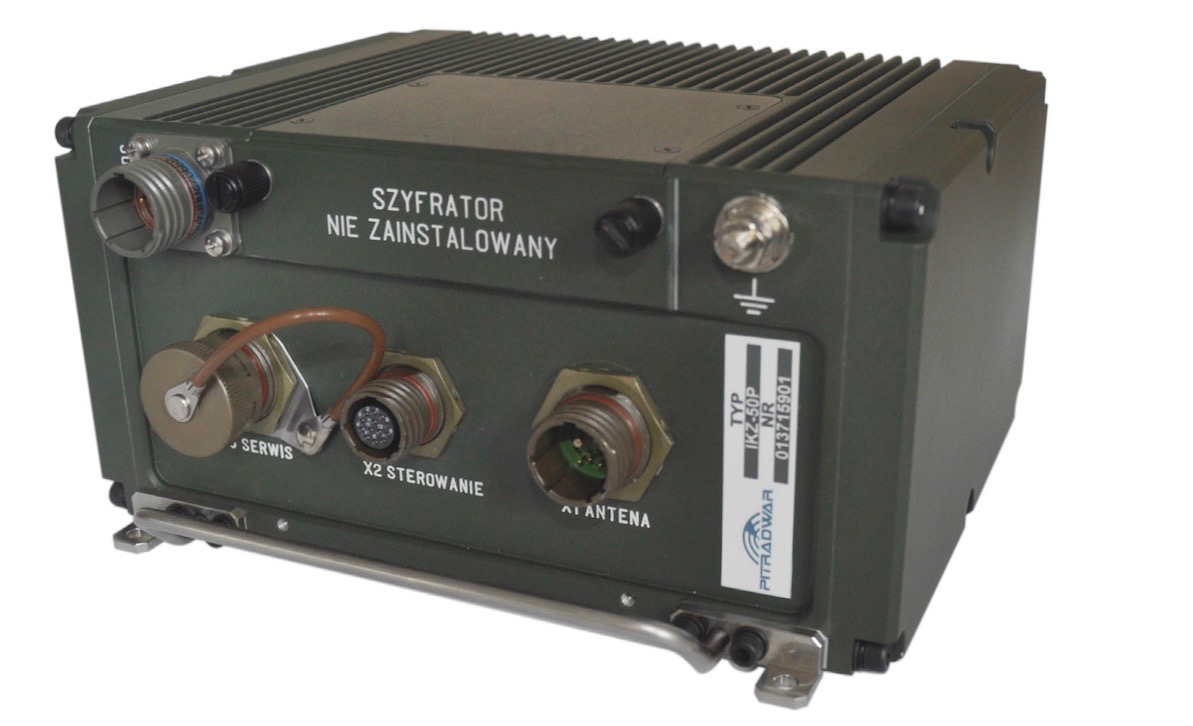
Systems belonging to this category shall be fitted onto all air defence effectors and guidance systems at squad and battery levels. Demand here is quite high - several hundred examples would be needed. A relevant step here has already been taken, as an agreement has been signed concerning the delivery of one hundred twenty-four IKZ-50P interrogators (including the right of an option) destined for POPRAD and Pilica solutions. The contract was signed by and between the PIT-RADWAR company and the Armament Inspectorate on 12th March 2020. IKZ-50P has already been integrated onto the Elta EL/M 2106NG radar integrated within the framework of the Pilica air defence system. A portable IKZ-50A system shall also be procured at least for the air defence squad commanders who deal with engagement taskings. Furthermore, each of the MANPADS launchers should be integrated with an IFF mode 5 interrogator, especially in case of units that are scattered and in case of elements who have limited quantity of communication assets at their disposal - such as the Territorial Defence Component.
Transponders - An Indispensable Asset in Combat Flying
When it comes to air/land platform transponders, the situation is far more convoluted. PIT-RADWAR has developed transponder prototypes for air, land and naval platforms:
- TRL-50 aviation IFF Mark XIIA transponder, also acting as RIFF (Reverse IFF) interrogator, destined for identifying the objects in an air-to-surface setting. RIFF makes it possible to identify own surface assets that use relevant RIFF responders. The expansive interface set makes it possible to easily integrate TRL-50 on air and naval platforms.
- TRN-50 - ground RIFF transponder designed for use on land and naval platforms. Working with TRL-50 transponder, or other RIFF-compatible hardware it provides the user with an ability to identify its own platforms on the battlefield, decreasing the risk of emergence of a blue-on-blue scenario. The system also makes it possible to define the protected area which provides safety to the platform itself, as well as to the accompanying infantry - eliminating the risk of friendly fire.
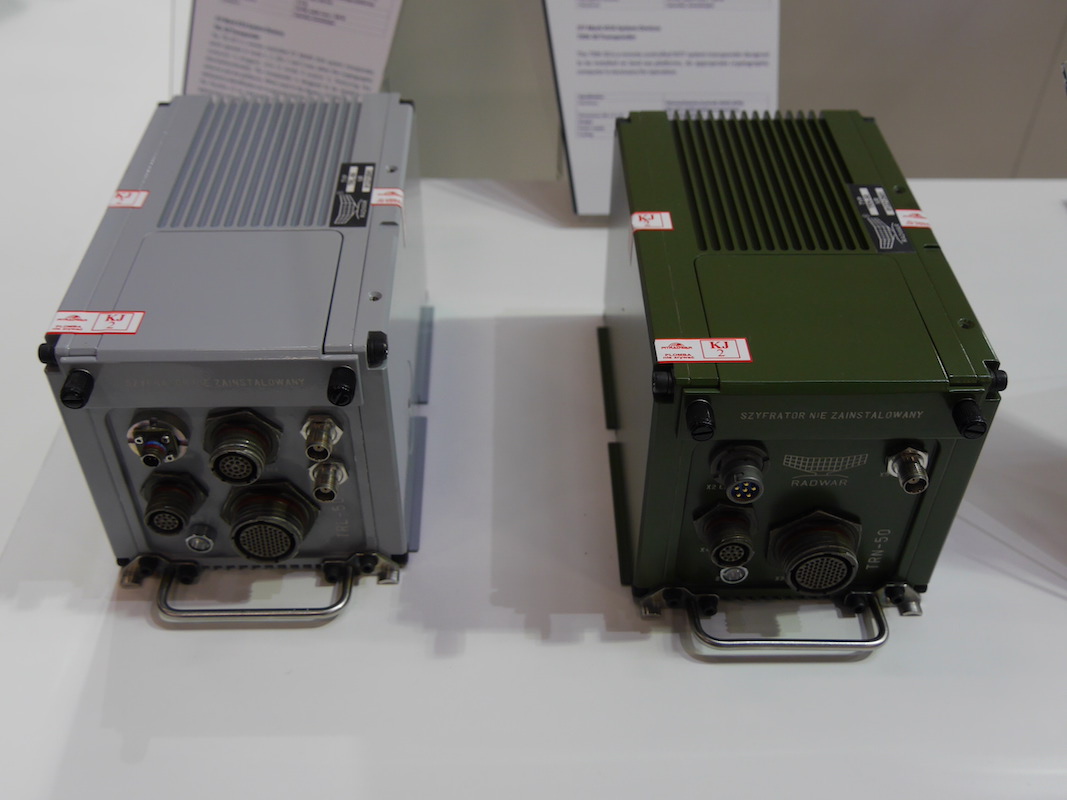
The work on TRL-50 and TRN-50 transponder prototypes has been suspended in 2015, as PIT-RADWAR has been waiting for final approval of changes introduced in the technical and tactical assumptions on the “KWISA-2” project aimed at developing Mark XIIA IFF system that could be employed to identify objects on the battlefield in a surface-to-surface setting. Without defining the assumptions it is not possible to complete the programme. Consequently, it is also impossible to confirm that the requirements have been met by the aforesaid hardware.
At the same time, further tendering procedures are being announced with regards to mode 5 transponders designed for a myriad of air and naval platforms - here, the domestic manufacturer is just one of the bidders. This means that MiG-29 jets use IFF Mark XIIA transponders delivered by BAE Systems, replacing the Polish-made IFF Mark XII systems. Another urgent need is to integrate new IFF systems on the helicopter platforms operated by the Polish military. There is one more question that remains: will these transponders be made in Poland, or will they be delivered by a foreign contractor?
Back in the 1990s, it was assumed that domestic potential shall be established, to manufacture mode 4 IFF systems. Thanks to the development works, the Polish military has gained a true interoperability capacity, after becoming a part of NATO. Even the legacy radars, air defence systems, and aircraft, coming from the Warsaw Pact era, could work together with the NATO forces. The introduction of the next-generation systems has been delayed, for a variety of reasons. It is not taking place in a manner that can be referred to as comprehensive. Even though IFF systems are being ordered with the new/upgraded radars and air defence systems in mind, it is missing from the legacy systems and radars that are not a subject to modernization, and from most of the helicopters. The full and comprehensive implementation of the IFF Mode V system is one of the most urgent needs that the Polish military has.

WIDEO: Defence24 Days 2025: Premier Defence & Security Conference in CEE